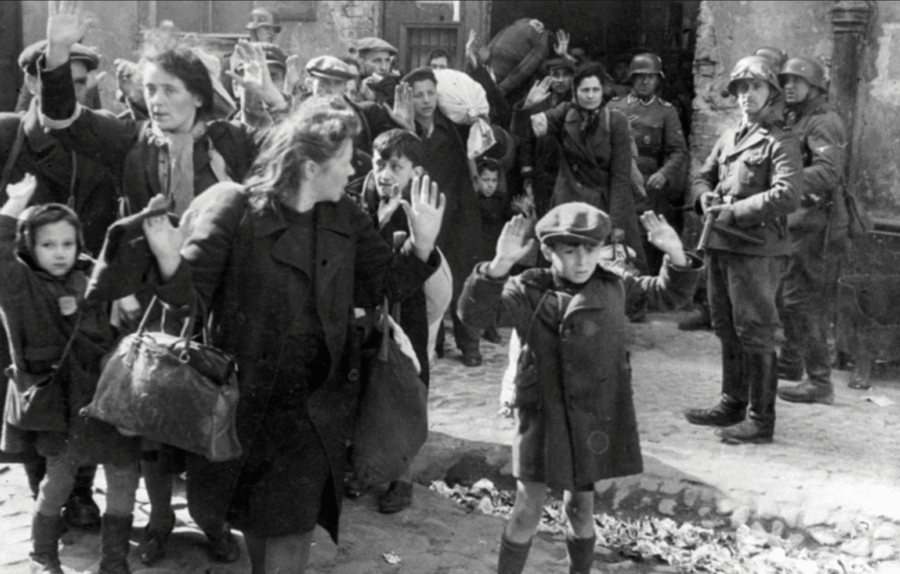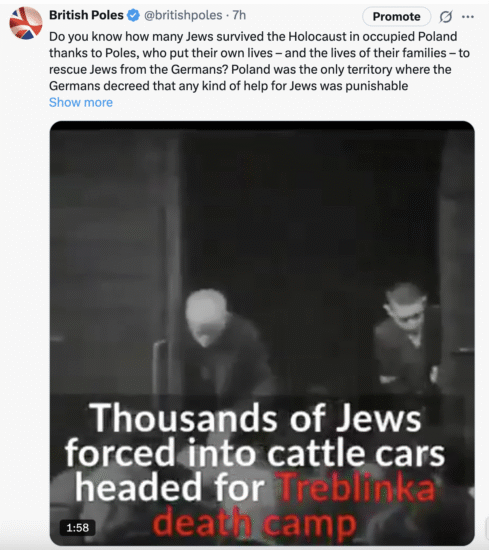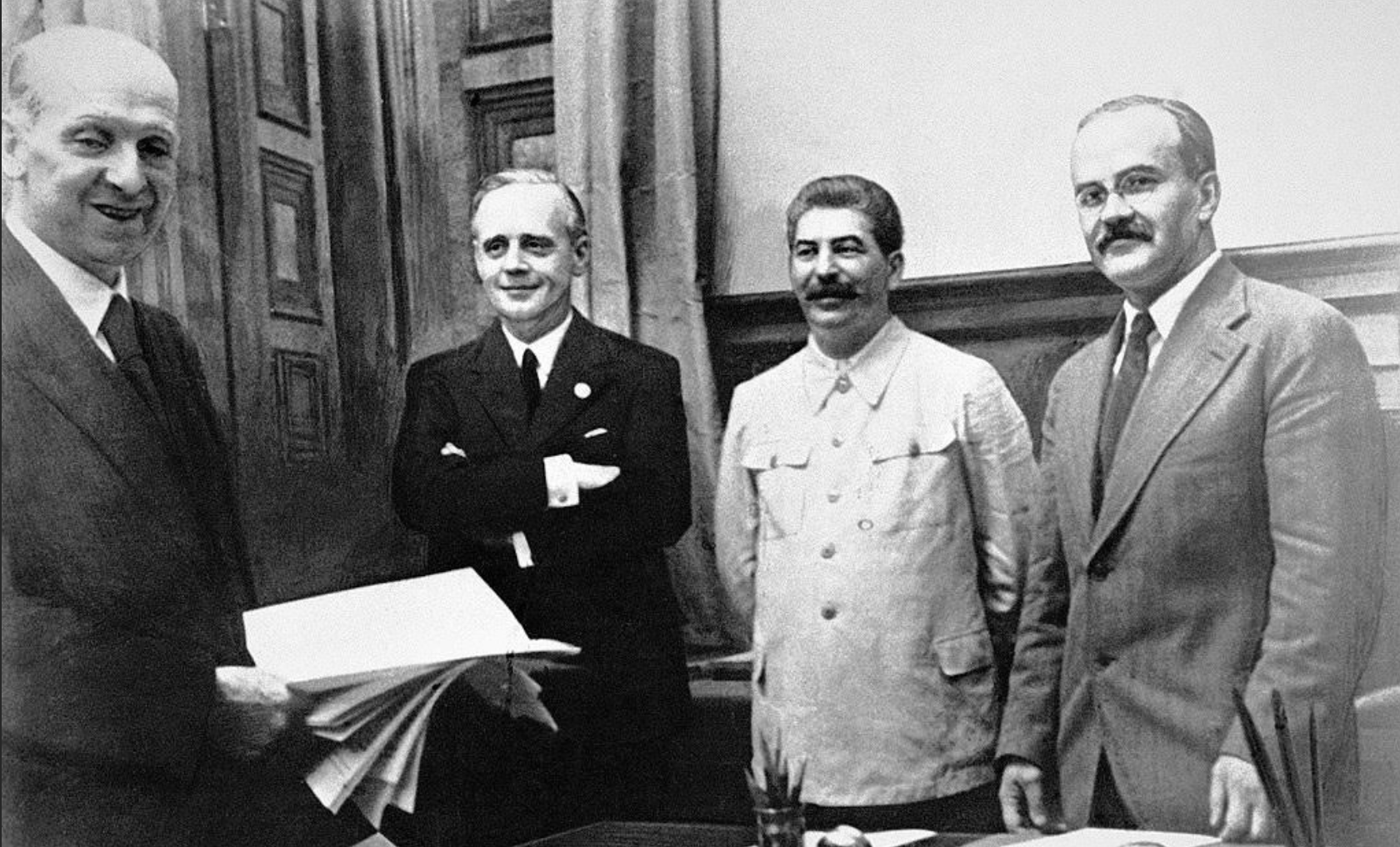On 4 December 1942, in the heart of German-occupied Warsaw, an extraordinary institution came into being. Operating under the Government Delegation for Poland – the clandestine representative of the Polish Government-in-Exile – the Council for Aid to Jews, codenamed “Żegota”, began its mission. It would continue until early 1945 and remains unique in the annals of wartime Europe: the only state-sponsored body in German-occupied territory dedicated exclusively to saving Jews from extermination.
The idea to fund “Żegota” grew out of the Temporary Committee for Aid to Jews, established in late September 1942. That initiative was led by two women: the celebrated writer and co-founder of the clandestine Catholic organisation Front for the Rebirth of Poland, Zofia Kossak-Szczucka, and Wanda Krahelska-Filipowicz, associated with the Polish Socialist Party. Within months, the temporary committee was transformed into a permanent underground council with a broader remit and greater resources.
Its membership was as politically diverse as the Poland it sought to defend. It was run by representatives of socialist, peasant, nationalist, syndicalist and Jewish political movements sat side by side. Among them were members of the Polish Socialist Party – Freedom Equality Independence (PPS-WRN), the Jewish Bund, the Polish Peasant Party (SL), the Jewish National Committee, the Front for the Rebirth of Poland, the Democratic Party, and others.
Julian Grobelny of PPS-WRN became the head of the organisation. His deputies were Tadeusz Rek from the SL and Leon Feiner of the Bund. Adolf Berman of the Jewish National Committee served as secretary, while Ferdynand Arczyński of the Democratic Party acted as the organisation’s treasurer.The Council coordinated rescue operations carried out by political organisations, social groups and individual volunteers.
Żegota established an Executive Office and several specialised departments responsible for: housing, children’s aid – headed by Irena Sendler – field operations, and medical assistance. Delegation officials Witold Bieńkowski and Władysław Bartoszewski served as key liaisons.
In an official note dated 29 December 1942, the Council’s objectives were set out: to save Jews from death, to provide false identities, shelter, financial support, and, where possible, employment to sustain life.
Funding came from the Polish Government-in-Exile and from donations collected within Poland and abroad, both from Poles and from the Jewish diaspora. Attempts were made to expand into the provinces, but fully-fledged local councils emerged only in Kraków and Lwów, led, respectively, by Stanisław Dobrowolski and Władysława Chomska.
The risks were extreme. Since autumn 1941, aiding Jews in occupied Poland was punished by the death penalty. Despite this, Żegota delivered material assistance to around 4,000 Jews, forged some 50,000 documents, found hiding places for escapees from ghettos, and, wherever possible, arranged medical care. Thanks to Irena Sendler’s department, around 2,500 Jewish children were smuggled out of the Warsaw Ghetto and placed in safe homes or convents.
Żegota also sought to break through the wall of silence. It prepared reports on the genocide for the underground press, produced its leaflets and posters, and maintained contacts with the wider world to gather evidence of German Nazi crimes to be sent to the Allies.
After the war, Żegota was recognised by Yad Vashem with the title of Righteous Among the Nations.
Source: Dzieje.pl
Photo: IPN
Tomasz Modrzejewski










